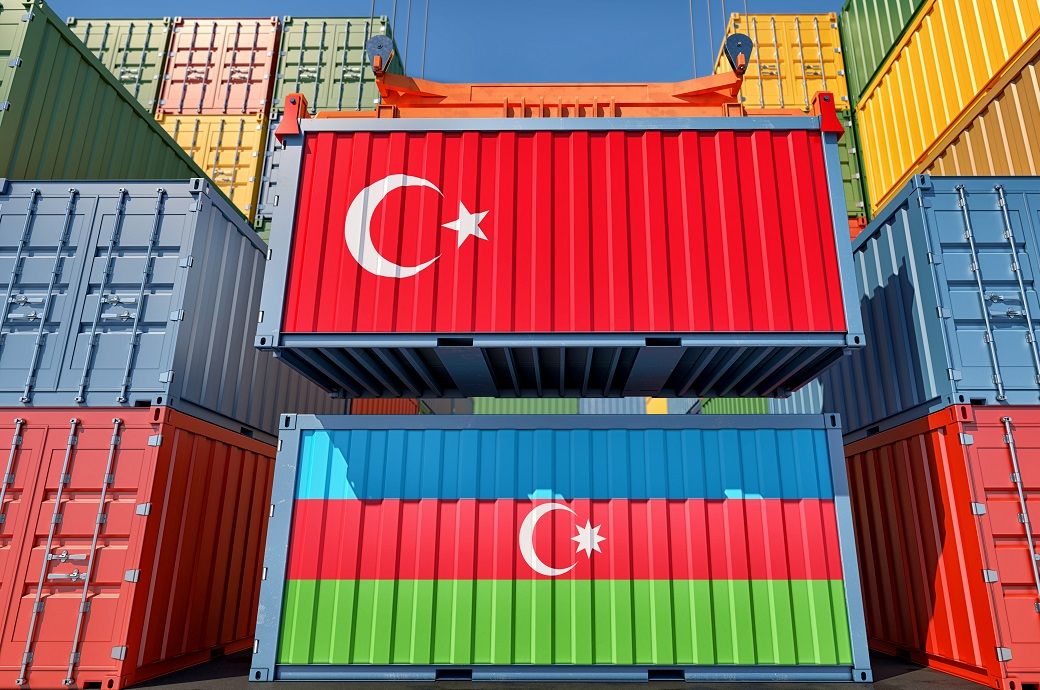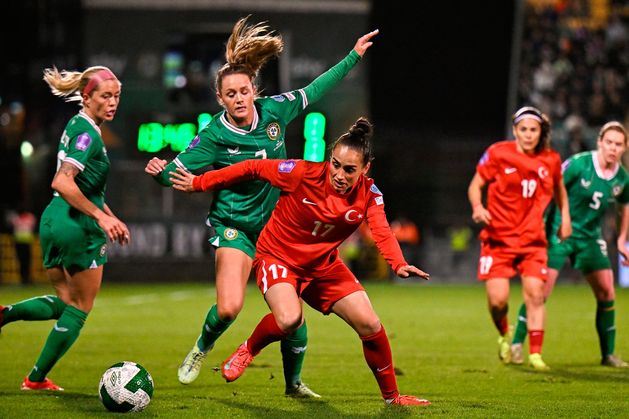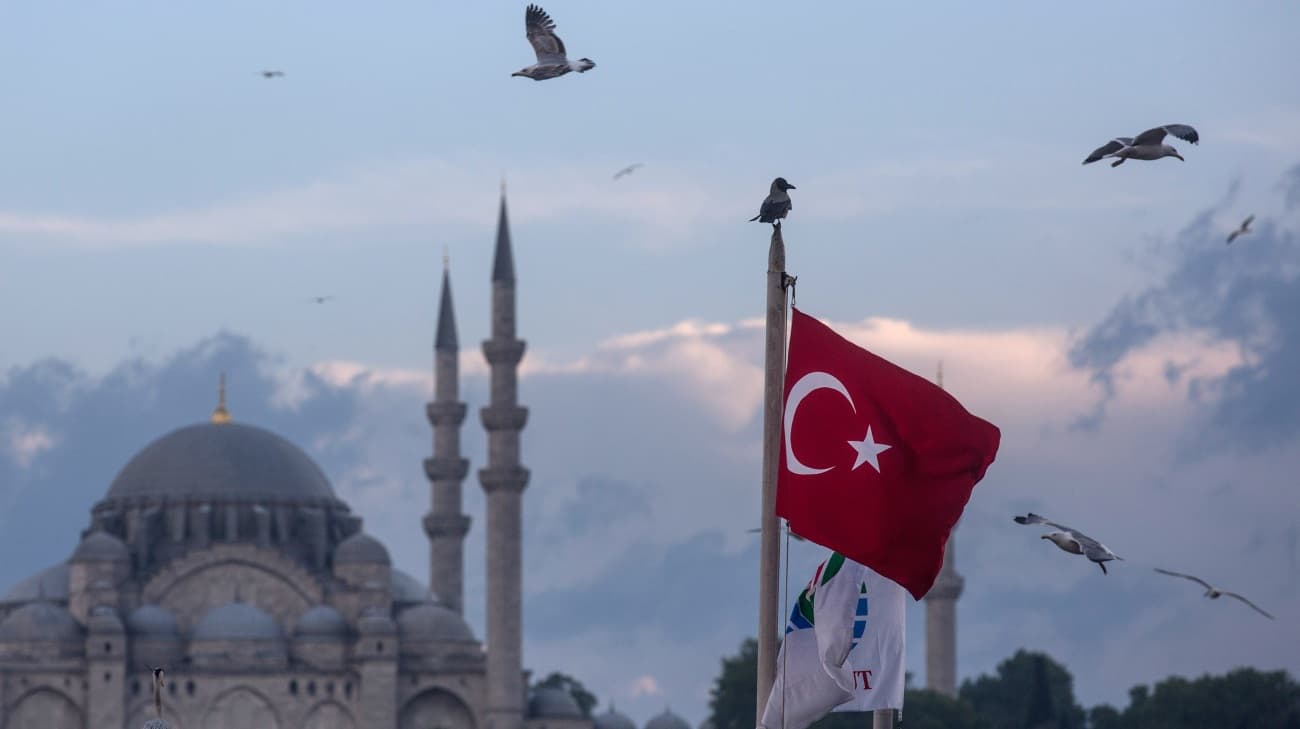Turkiye’s apparel exports to Azerbaijan soar 150 per cent in 5 years
“The implementation of the document will give a further impetus for increasing the trade turnover with the brotherly country,” Mikayil Jabbarov, minister of economy of Azerbaijan, said in a tweet.
Azerbaijan and Turkiye have signed an amended Preferential Trade Agreement (PTA), boosting confidence in growing bilateral trade.
Turkiye’s apparel exports to Azerbaijan increased by over 150 per cent in 5 years, with fabric exports also witnessing substantial growth.
Azerbaijan accounted for just 0.41 per cent of Turkiye’s total apparel exports in 2022.
Textile and apparel exports from Turkiye to Azerbaijan have experienced robust growth in recent years. Exports rose to $87.620 million in 2021 from $28.286 million in 2018. However, there was a decline, with exports reaching $75.186 million in 2022. The outbound shipments increased by 167 per cent in 2022 compared to 2018 trade. Exports were recorded at $38.890 million in 2020 and $34.701 million in 2019, according to Fibre2Fashion’s market insight tool TexPro.
Fabric exports to Azerbaijan have nearly doubled in the last five years. Shipments reached $26.316 million in 2022, up from $14.623 million in 2018. Exports were recorded at $22.224 million in 2021, $18.294 million in 2020, and $18.431 million in 2019, as per data obtained from TexPro.
Although Azerbaijan is an emerging market for Turkiye’s textiles and apparel, it is still a relatively small market. In 2022, it accounted for just 0.41 per cent of Turkiye’s total apparel exports of $18.449 billion.
Fibre2Fashion News Desk (KUL)




